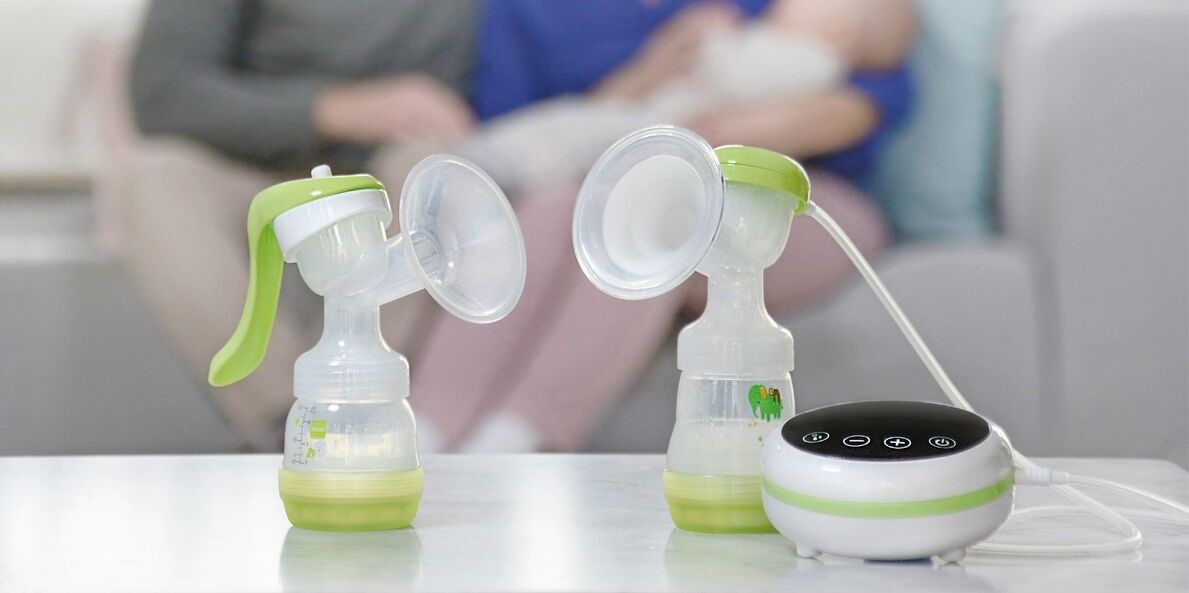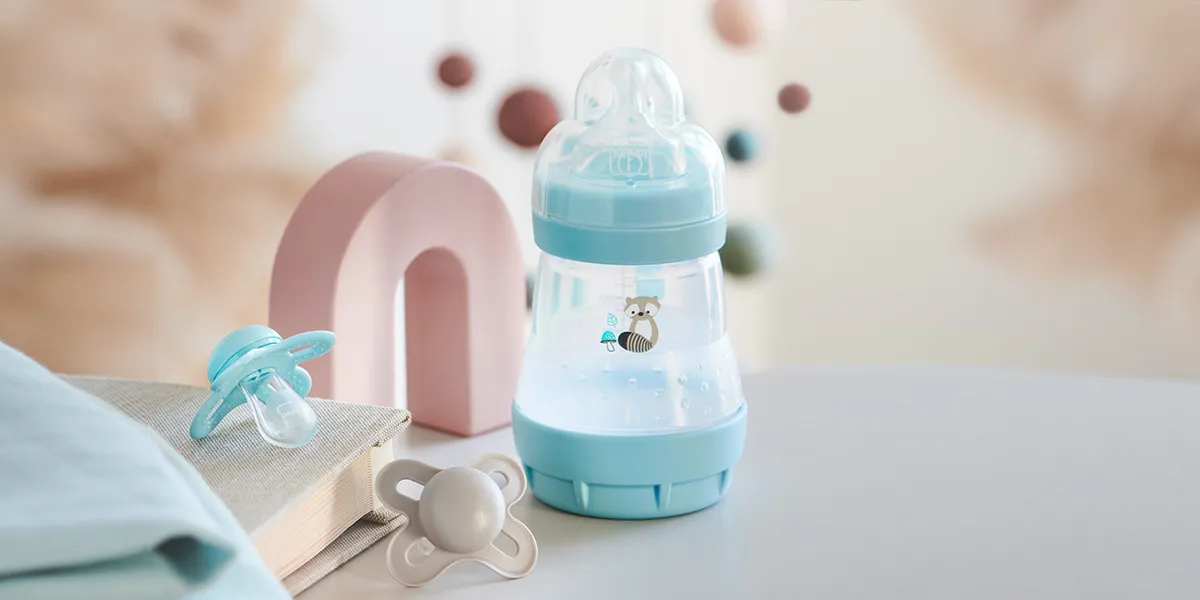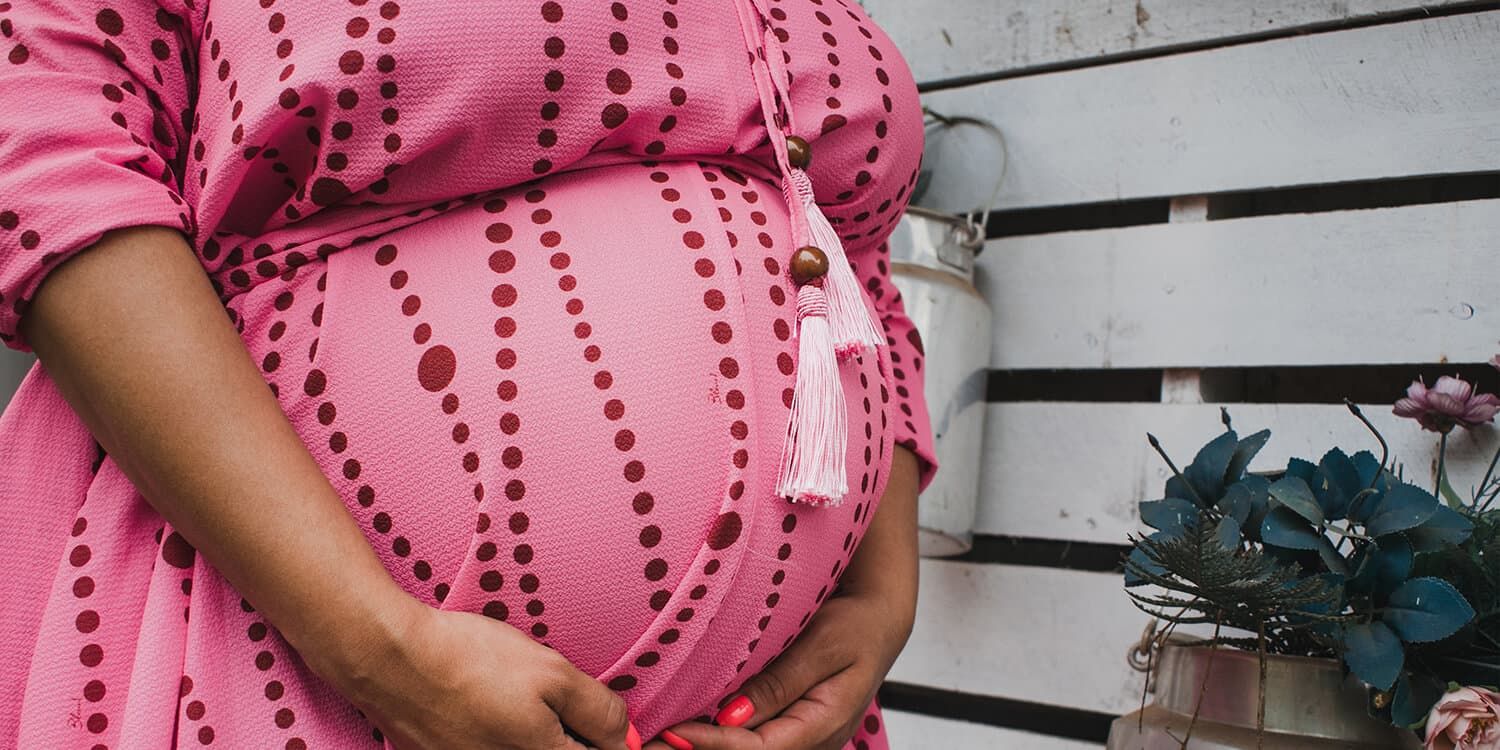Very few babies arrive exactly on their estimated due date. Some take their time and arrive during the 42nd week – according to the WHO, a baby that is delivered 42+0 is "postterm". So your baby could still take another 14 days before coming into the world. However, by this time many pregnant women are already feeling impatient and longing for their baby to arrive. While we cannot make the time pass quicker, we can perhaps make it more interesting with a few facts about week 40 and the birth itself!
What's Going On in Your Belly at 40 Weeks Pregnant?
The fetus is around 20 inches long (crown to heel) and weighs approx. 8 lbs. The biggest part of the baby is its head, with a circumference of around 14 inches.
Your baby is now about the size of a watermelon.

The little one is now forced to bend its arms and legs tightly to fit inside your belly. However, a few things are still not "ready" when you go into labor. These include the immune system and the intestines, which do not yet contain bacteria that are vital for digestion.
Furthermore, the skull bones have not fused together fully. This allows them to move and slide over each other as the baby passes through the birth canal, which eases the baby's passage. The soft spots left exposed on the head are referred to as the "fontanelles". They only close during the second year after birth.
How Do You Feel at 40 Weeks Pregnant?
Relax as much as you can in order to prepare for the birth – even if it is very difficult to remain calm. Maybe a brief distraction, such as meeting with your best friend or taking a gentle walk, will help take your mind off things?
By now, many expectant mothers can barely wait to finally hold their little one in their arms.
A brief look at the birth process:
#1 The dilation phase
The cervix opens. This phase is usually the longest, although it differs in length from one woman to another. With the first child, it lasts 8 to 14 hours on average. However, this varies widely. It is often difficult to establish the beginning of this phase. Some women barely perceive their cervix opening or only realize once tension builds in the spine. Other expectant mothers experience alternating phases of stronger and weaker contractions.
The baby's head slides slowly into the bony pelvic ring and exerts internal pressure on the cervix, which causes it to dilate.
What brings women relief during the dilation phase varies greatly:
- A warm bath (although only if someone is close at hand to help out if any circulatory problems arise or when the contractions become more severe!)
- Lying on the couch with a hot water bottle
- Taking a short walk
- Sitting or leaning on an exercise ball
- Breathing and relaxation exercises
The experience of contractions during dilation is as individual as the methods that help to ease them. Some laboring women prefer to be alone, while others find comfort in their partner giving them a back massage.
When is it time to go to the hospital?
It is time to make your way to hospital once the contractions come every 5-7 minutes, last for 30-60 seconds, and become increasingly intense. On the other hand, it is also time to go if your gut instinct simply tells you to!
If you are finding the contractions to be extremely intense and painful and you are in hospital, an epidural can help. It is best to discuss the pain relief options that are offered by your hospital with your doctor before going into labor. This will allow you to decide beforehand which methods you prefer, and you can make a note of your choices in a birthing plan.
The dilation phase can be extremely strenuous and may last a long time. It is therefore advisable to bring some small, light snacks with you, especially since labor can cause nausea and vomiting.
#2 The transitional phase
The cervix opens fully. Many women now feel a bit low, they want to go home, wish for a cesarean section, become irate, anxious, or irritable. The contractions can become increasingly irregular and stronger. You may experience nausea and shivering. A small consolation is that the transitional phase usually passes quickly.
#3 The pushing phase
The laboring woman can now actively "push" with the pushing contractions. The pushing phase can last up to two hours during the first labor, although this is usually shorter during subsequent births. With the aid of the stomach muscles, breathing, and "vocalizing" (the oohing and ahhing noises that laboring mothers often make instinctively), the woman helps to push the baby through the birthing canal. The midwives and doctors may provide the laboring woman with advice on the best positions and how to change positions to help labor progress as quickly as possible. No one knows what the ideal position will be until labor is underway.
One thing is for sure: The baby is guaranteed to come out one way or another. Unless medical grounds dictate otherwise, it is good to lay the baby at the mother's breast immediately after birth. Not only does this promote a good breastfeeding relationship, but it is also the best reward for all that effort.
We wish you all the very best for the birth.
Enjoy this special time getting to know your baby!
Photo Credits: Shutterstock




























